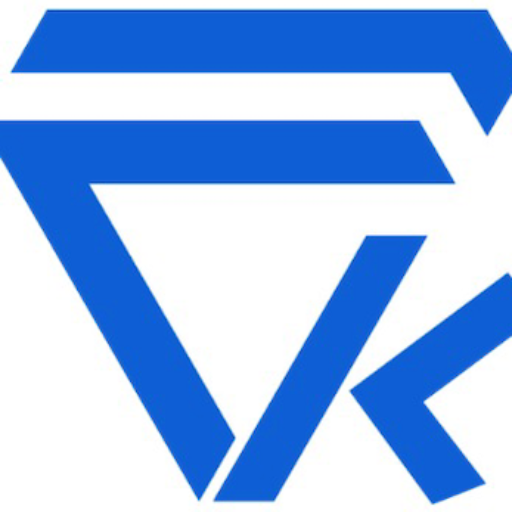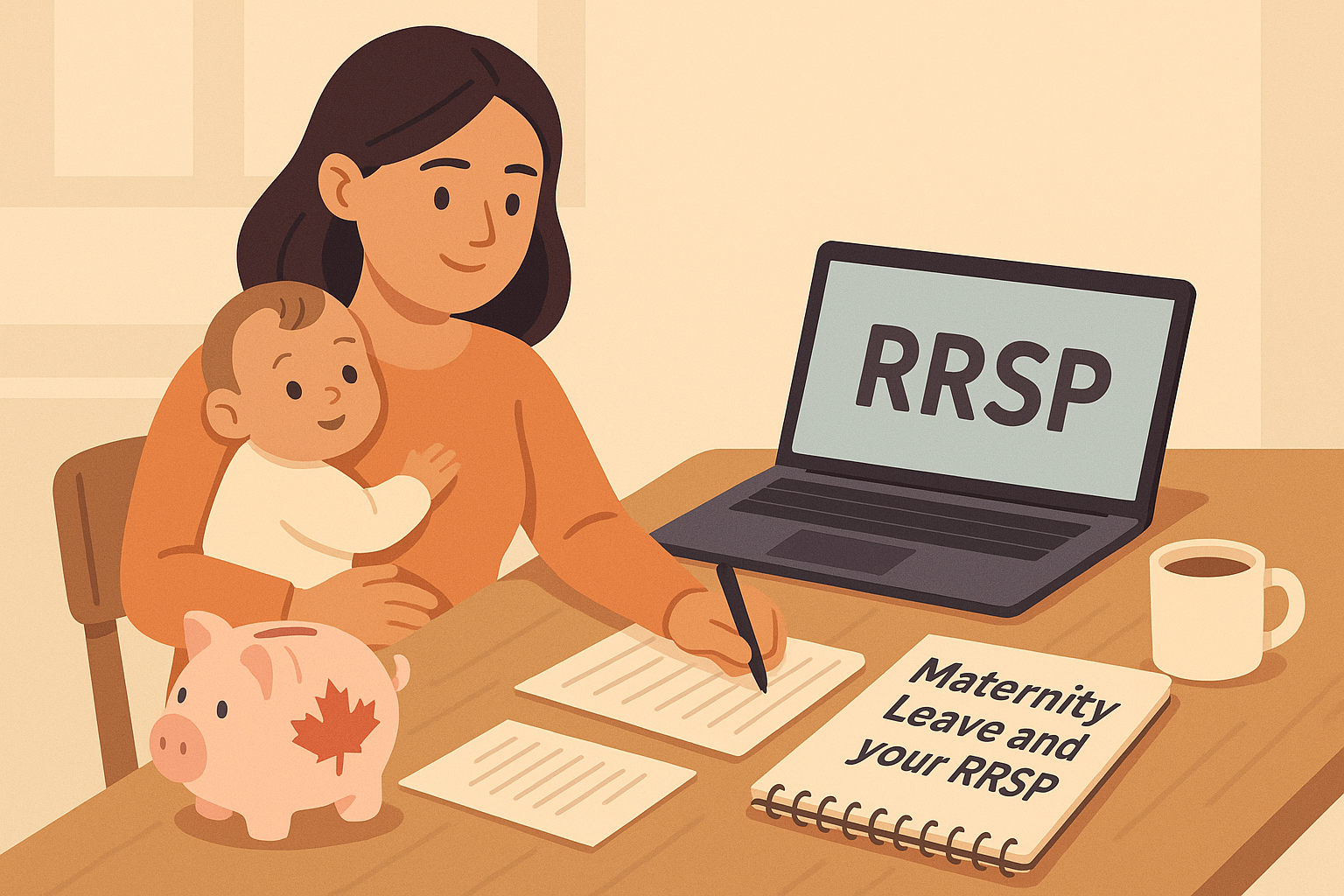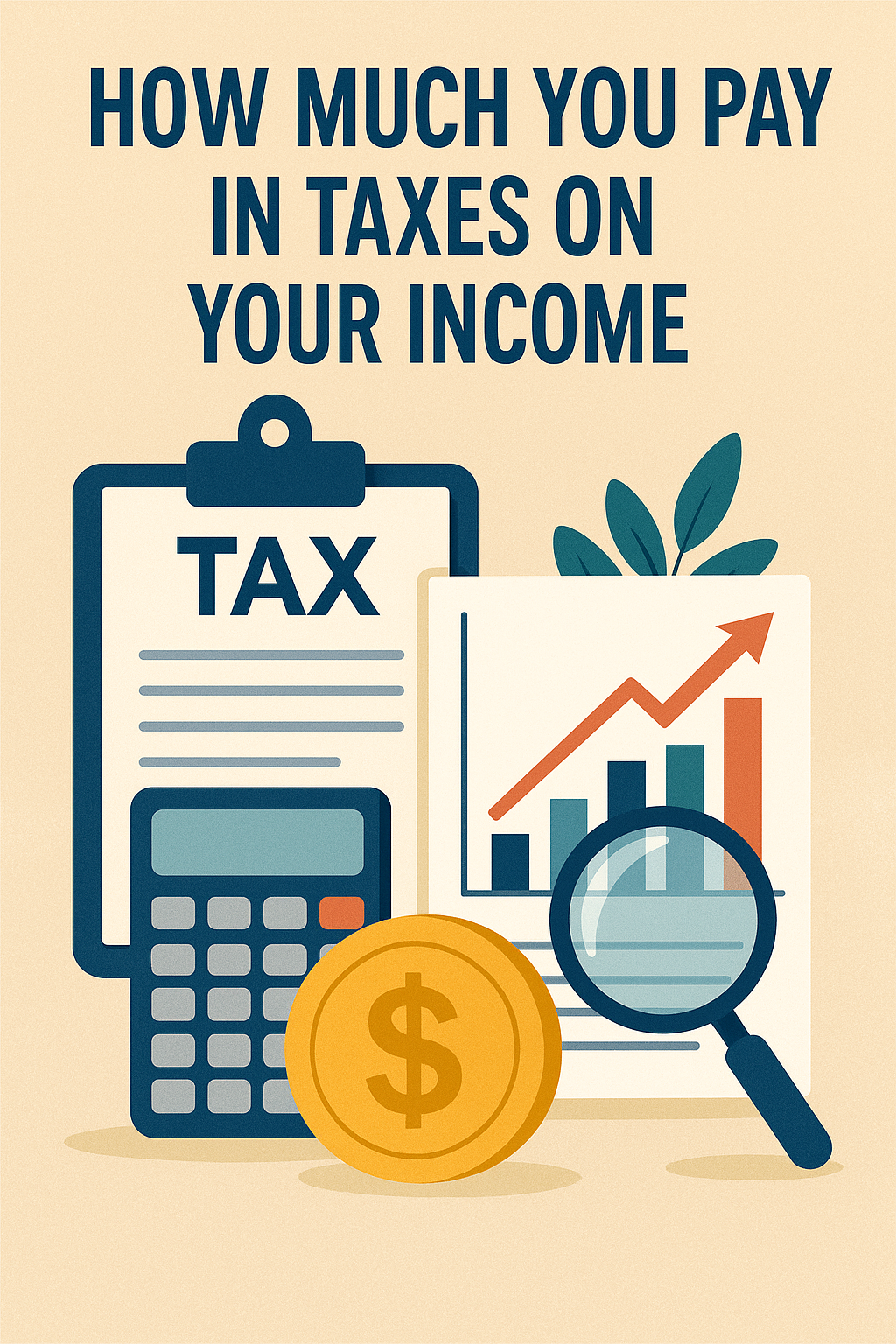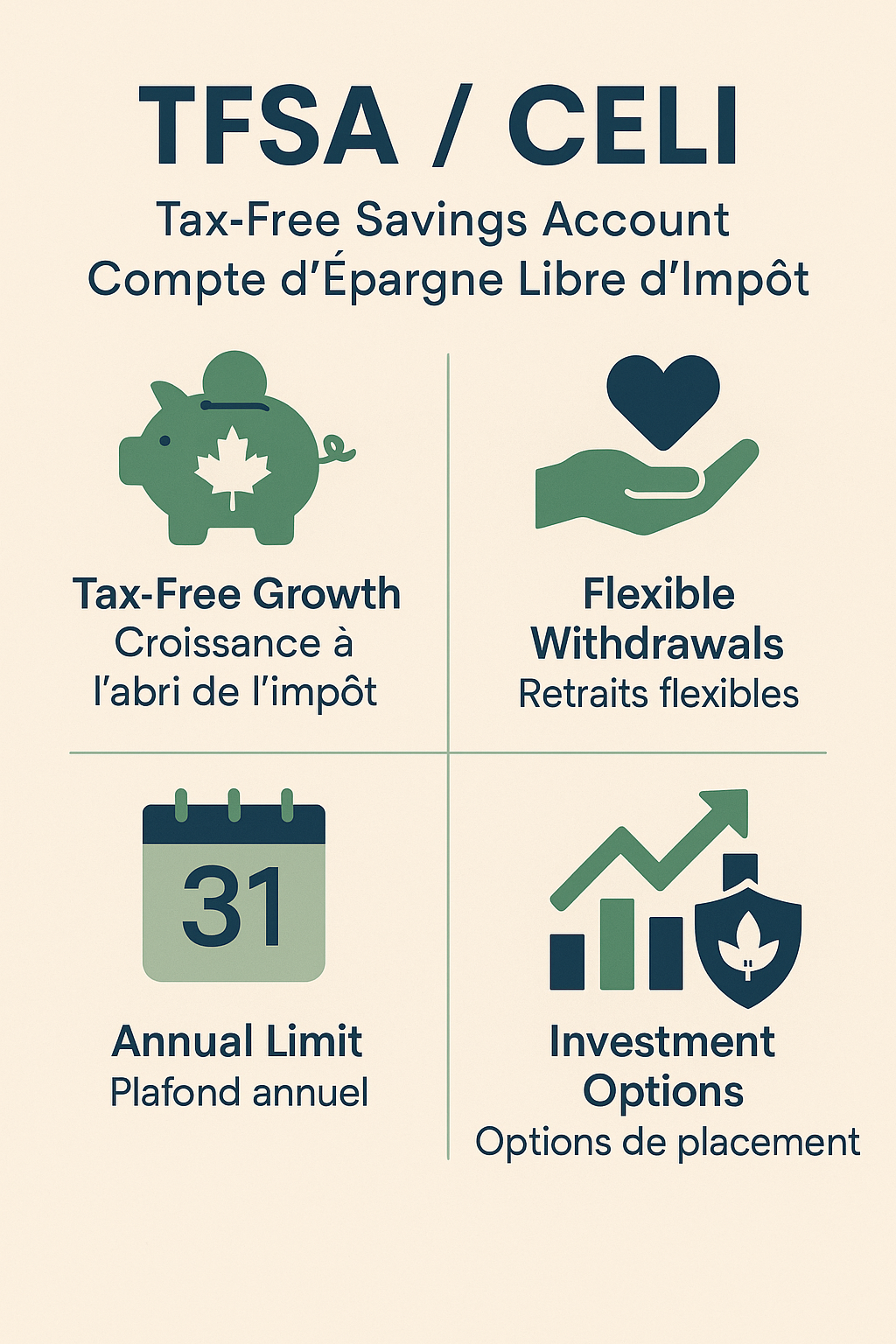I understand your reaction when reading the title of this article. Many of you may be thinking, “A Canadian bank going bankrupt? That’s rare, even impossible, Mr. Finance Faded!”
While I recognize that banking isn’t a frequent topic on my blog, it’s simply because I focus on questions I receive or discussions I overhear. In short, it’s not typically a “popular” topic. That said, it’s an incredibly important one!
Recently, I received the following question from a reader of this blog:
“Mr. Finance Faded, I currently have $350,000 to deposit in my bank. I asked what would happen to my money if the bank were to go bankrupt. A bank employee informed me that I am insured to receive a refund of $100,000. How can I ensure that my entire $350,000 is covered?”
With this reader’s permission, I have decided to share the key points of my response in this article.
I. Understanding Deposit Insurance in Canada
The Canada Deposit Insurance Corporation (CDIC) is a federal institution that protects what is considered an insurable deposit. However, the financial institution in question must be a member of the CDIC. You can verify whether your institution is a member of the CDIC here.
Since its creation by the Parliament of Canada in 1967, the CDIC claims to have handled 43 financial institution failures, impacting over two million depositors.
Yes, you read that correctly—it is possible for a Canadian bank to go bankrupt. It’s rare, but it has happened. And it could happen again.
II. What Qualifies as an Insurable Deposit?
An insurable deposit is protected up to $100,000 per member institution and per category. Regarding Desjardins—a cooperative financial group—it is the Autorité des marchés financiers du Québec that protects insurable deposits (up to $100,000).
It’s important to note that when discussing insurable deposits, this refers to Canadian dollars and other currencies, guaranteed investment certificates (GICs), or other term deposits. Stocks, bonds, mutual funds, or virtual currencies held in non-registered accounts are not insured by the CDIC in the event of a bank failure. Investment products are, therefore, not protected by the CDIC.
Other federal programs, such as the Canadian Investor Protection Fund, offer limited protection on the assets a member broker holds for an eligible client.
III. How to Minimize Risk?
If you want to minimize your risks, diversifying your assets becomes essential. But first, here is the list of the nine categories covered by CDIC deposit insurance:
- Deposits held in one name
- Deposits held in more than one name (joint deposits)
- Deposits held in a Registered Retirement Savings Plan (RRSP)
- Deposits held in a Registered Retirement Income Fund (RRIF)
- Deposits held in a Tax-Free Savings Account (TFSA)
- Deposits held in a Registered Disability Savings Plan (RDSP)
- Deposits held in a Registered Education Savings Plan (RESP)
- Deposits held in a First Home Savings Account (FHSA)
- Deposits held in trust
If you have a substantial amount of money, like this reader, and wish to minimize risk, you could consider depositing $100,000 in each of these categories across different financial institutions that are members of the CDIC.
Additionally, on its website, the CDIC offers an online calculator that can help you determine your level of coverage. You can check out the CDIC calculator here.
How to Invest in the Stock Market in Canada
To invest in the stock market, you need to open an investment account with an online broker. In Canada, there are currently four online brokers with either no commission fees or low commission fees:
- Wealthsimple (use my exclusive Wealthsimple Trade link and referral code 2TNWEA, you’ll receive a $25 cash bonus after depositing an initial amount of $150).
- Questrade (sign up here* and get a $50 bonus when you use my promo code 655729493467527)
- National Bank Direct Brokerage
- Desjardins Disnat
